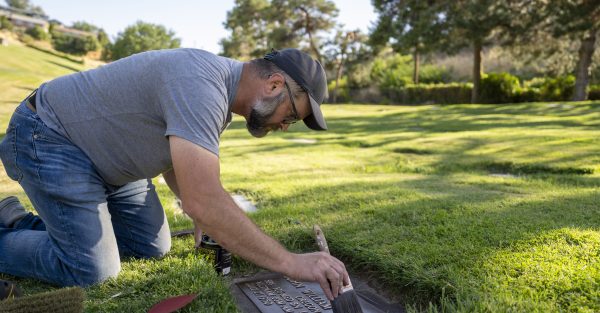Small logs, big profits
Published 3:35 am Monday, January 24, 2005
PILOT ROCK – Out in the log yard at Kinzua’s Pilot Rock mill, the past and the future are stacked up side by side.
You can see the past in the big red ponderosa logs, piled up in decks of a dozen or so. Beside them are hundreds of pale gray poplar logs, each a fraction of the volume produced by one pine.
Trending
“These small-diameter logs are an added volume that wasn’t available to us in the past,” said Bill Woodfin, Kinzua’s general manager.
Inside the mill, the ponderosa is turned into lumber for housing and other uses. The poplar, a hardwood, is fed into a second, fully automated line that is computer guided and turns the logs into furniture-grade boards.
“We’re one of the few mills in the area that can handle both the very small and the very large logs,” Woodfin said.
Kinzua plans to purchase both hybrid poplar from the Potlatch plantations near Boardman and the small-diameter softwood coming on the market from the Forest Service’s fuel reduction projects.
The secret to milling small diameter logs is a saw called the McGehee SL 2000. The McGehee can process logs down to four inches on the small end, and as short as eight feet.
Kinzua bought the McGehee in 2000 in anticipation of the Forest Health Initiative and the availability of small-diameter material. The company spent $7 million to get ready, Woodfin said, “but until recently nothing happened.”
Trending
In the past, small-diameter logs from public land either went up in smoke as part of fuel-reduction burns or, when the price was good enough, were chipped and sold for pulp. Then the new small-diameter saw technology came on the market, and the potential value of small logs went up.
Woodfin says that sawing the small logs instead of pulping them could increase Forest Service revenue for the material by as much as 35 percent.
“That affects our fuel reduction projects,” said Randy Fitzgerald, assistant fire management officer for fuels at the North Fork John Day Ranger District in Ukiah. “We’ve gone from a single use with a lower value to a different product with a higher value.”
Fuel reduction projects remove both dead and downed timber and overcrowded small-diameter trees. Much of the small-diameter material is suitable for milling with the McGehee SL 2000.
The Forest Service can use receipts from the sale of material from fuel reduction projects to fund more fuel reduction projects.
“The Forest Service is the seller,” Fitzgerald said. “The material might as well be used for something and provide a little return.”
The ranger district plans to start work on three fuel reduction projects, totaling about 500 acres, within the next few months.
At Kinzua’s Pilot Rock mill, the small logs are debarked and then loaded into the processing line. Each log zips through a scanner that analyzes it for shape and size. The McGehee rotates the log so that the curved ends, or horns, are pointing up. By the time the log enters the saw, the computerized system has designed an individualized plan based on the highest value boards that can most efficiently be cut from that log.
During a run of poplar logs last week, the McGehee was processing 13 to 14 logs per minutes, and taking 1.41 milliseconds to make the decision on how to cut each log.
The shed enclosing the huge machine vibrated with the noise. It was quieter inside the operator’s cab, where Larry Castro watched the line through a big window and kept track of what was happening on a pair of computer screens.
“I can call up on the screen and tell you how much money I made on that log,” Woodfin said. “The two by sixes, the two by fours, right down to the chips.”
Inside, the McGehee’s seven curved saws cut each log parallel to the curve of the tree.
“The saw can take a curved log and make straight boards,” Woodfin said. “In the old days we did a straight saw through the curved log and lost a lot of material.”
The McGehee spits the curved boards out the far end and, relieved of the tension they grew with, the boards immediately begin to straighten. That straightness is set in the drying kiln.
The kilns are heated by steam produced from the bark removed from the logs before they are milled.
“We recover nearly everything in the log,” Woodfin said. “That’s full utilization of the forest.”
With the additional small logs coming from Potlatch and the Forest Service, Woodfin expects to hire another dozen people during the next year
“Last year was a record for sales and production,” Woodfin said. “We feel 2005 will also be very good.”









